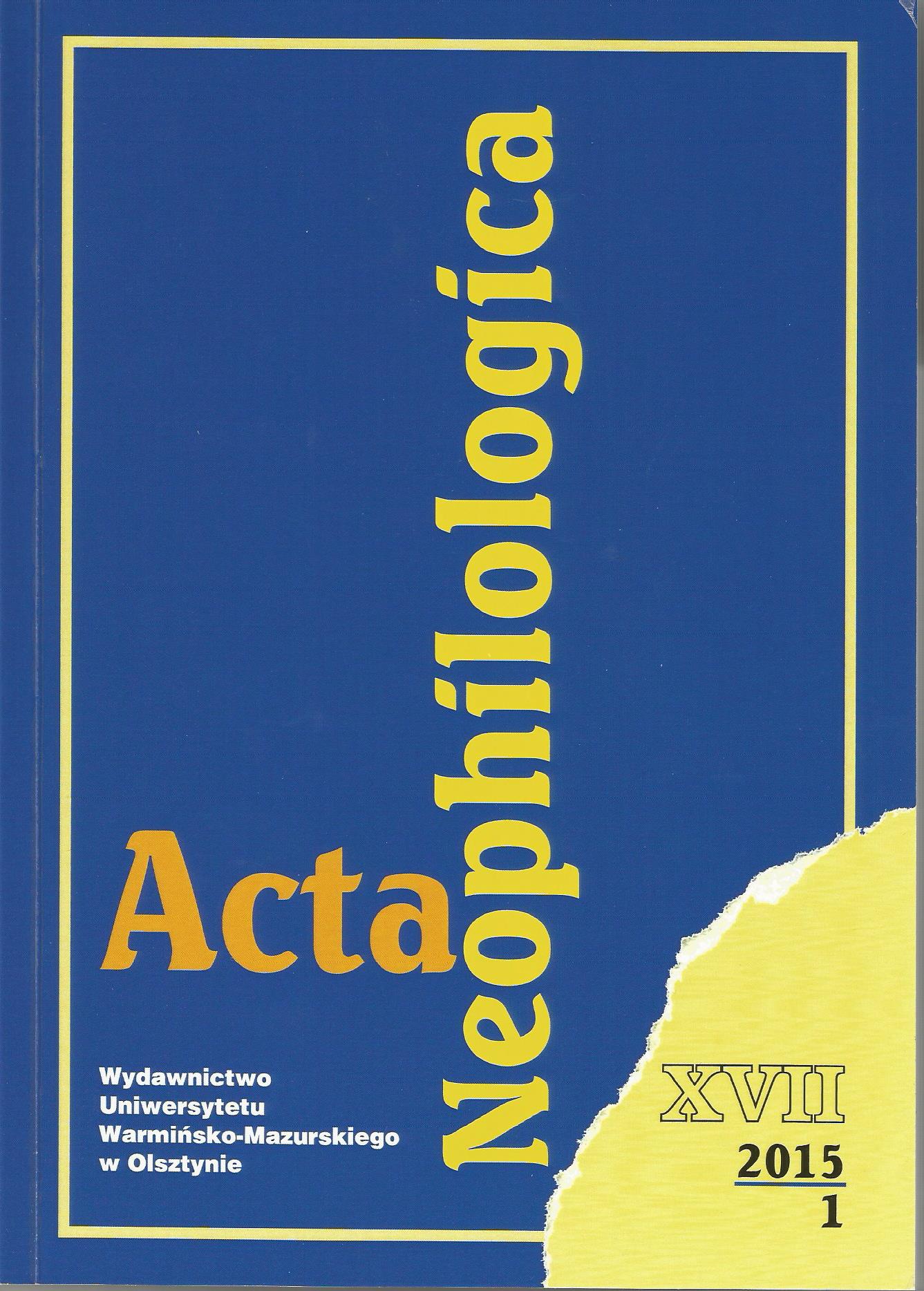Relacje pomiędzy klerem unickim i łacińskim w schyłkowym okresie unii w obwodzie białostockim
RELATIONSHIPS BETWEEN THE UNIATE AND LATIN CLEGRY IN THE LATE PERIOD OF THE UNION IN THE BIAŁYSTOK DISTRICT
Author(s): Irena MatusSubject(s): History, Language and Literature Studies, Cultural history, Local History / Microhistory, Social history
Published by: Wydawnictwo Uniwersytetu Warmińsko-Mazurskiego w Olsztynie
Keywords: Uniate chuch; the Uniates; tithe; conversions
Summary/Abstract: In the Republic of Poland, the Uniate clergy was perceived as second-class in comparisonto the Latin one. Contrary to expectations, the hierarchy was not made equal to the Roman Catholicclergy. A disastrous economic situation of the non-Latin priests resulted in their low level of educationand, what is more, being disrespected. This applied to even well educated and well off Basilians.In the history of the union, the relationships between the clergy of both rites were varied, moreambitious in the case of hierarchy and simpler on the level of parish priesthood. As regards churchdignitaries of both rites, the situation became more complicated after the partition of Poland, whenthe Russian authorities appointed a church board in Petersburg also for the Uniates. The conflictswere caused by imposing Latin control over Uniate matters and converting the Uniates into RomanCatholicism. The situation changed after 1805, when the department board for the Uniate matterswas established. From then on, as the reconstitution of Orthodoxy was becoming more obvious,the relationship between the hierarchs of both rites was slackened. However, those betweenthe strongly Latinized and Polonized (cooperating at the parish level) Uniates and Latin clergiesin the 1830s were becoming more difficult. In 1835, the conversion into the Latin rite and providingmutual pastoral services were forbidden. The conflicts at the parish level concerned conversionsof Greek Catholics and the division of a tithe (the tithe paid by the Uniates was often taken overby the Latin clergy). These conflicts escalated in 1828 when the Senate issued a ruling demandinga return of the tithe to the non-Latin priests. Its implementation was not easy, especiallyin the Bialystok borderland district. Consequently, special clerical and religious commissionswere appointed that separated the tithe for the churches in Siemiatycze and Żurobice. Long-lastingdisciplinary proceedings were conducted in the case of the Uniate church in Żerczyce, Mielnik,Ciechanowiec, Brańsk, Boćki and Drohiczyn in the Bielsk district and in Kuźnica in the Białystokdistrict.
Journal: Acta Neophilologica
- Issue Year: 1/2015
- Issue No: XVII
- Page Range: 121-143
- Page Count: 23
- Language: Polish

